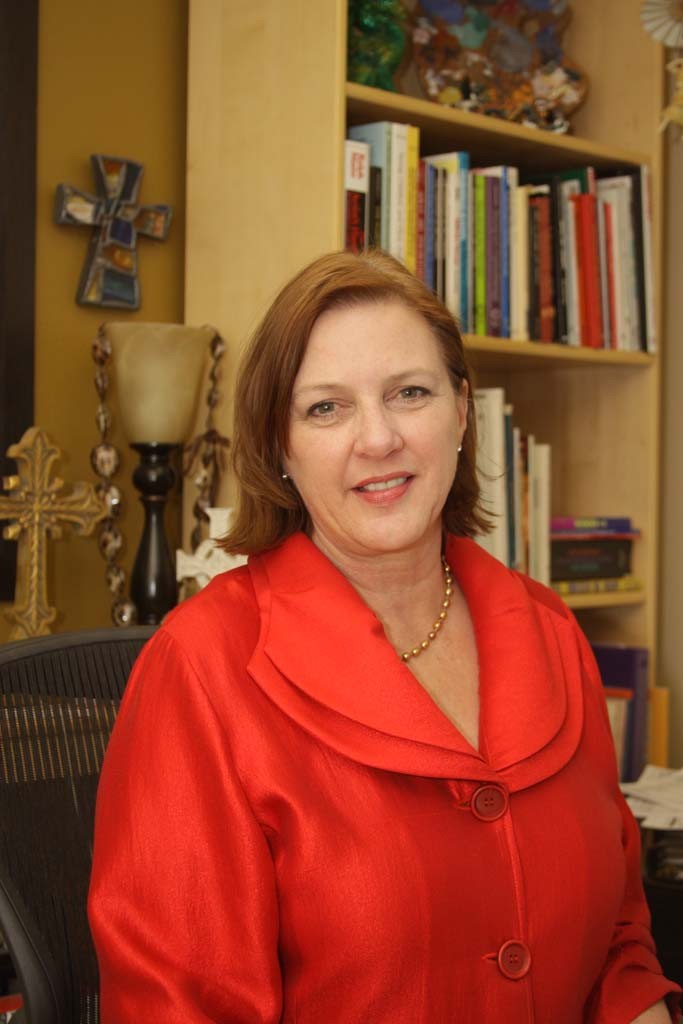The Magic of Art Therapy
Art makes the internal external,” says Leah Miller, owner and founder of the Counseling Center of Expressive Arts (CCOEA) in West El Paso. CCEOA specializes in art therapy, which uses a wide spectrum of visual arts with a client-specific approach to help others find a path towards emotional healing. From paint and drawing, to sand play and collage, at CCOEA, clients from ages 3 to 81 are shown a new art language to express themselves and bring about personal awareness.

Miller firmly believes that art therapy brings a form of “magic” into every counseling session. “Art is really like a third entity in the room,” she says, “and everyone has their own language in art.” Many times our spoken vocabulary seems to fail us and we can’t find the words to convey what we feel. “Art is a medium where all of our clients can feel free to be the most authentic versions of themselves,” says Miller. To some, it may seem like the counselors are taking the backdoor and, in a roundabout way, coercing those in counseling to face their issues, but Miller urges that art is a gentleman; it will never force itself on you. “Art is a respectful and gentle way to bring up issues in a metaphorical sense when the reality of an emotion or circumstance might be too painful at first, says Miller” The patients/artists use all their senses to create a piece that reflects their emotions in a way only they can.
According to the CRC Health Group who specializes in behavioral health, “the act of creating visual images is a right-brain activity.” Their website explains that this area is “where visual memories are stored, as well as the area of the brain that is relied upon the most prior to the development of a person’s ability to use spoken language.” The idea is that when words fail to articulate their emotions, visual arts can open the door to a different part of the brain to resurface certain memories and ideas buried in an otherwise dormant place. “The hardest part for some of our intern counselors is learning when to be quiet,” says Miller. When a patient is creating art, it is a very personal time of self-evaluation. “I like to say that art is the second therapist in the room,” says Miller. “I just sit quietly sometimes and let them do their art therapy, realizing that this part of their healing doesn’t include me.”
Miller tells one of her success stories about a four-year-old girl struggling with her parents’ divorce. As a part of her initial assessment, she was asked to draw a picture of her home. She draws a lopsided house with the roof is caving in on one side and there is an ominous figure looming over her; the colors cross over every line in a chaotic manifestation of a child’s inner turmoil. After several biweekly sessions, she is once again asked to draw picture of her family home. She now draws two separate houses, each one a different color and separated by a wall of Popsicle sticks. Each house has its own sun and its own dog. Two completely separate worlds. In her final weeks of therapy she’s asked one last time to draw a picture of her home. Once again she draws her two homes with two dogs, but now, replacing the thick wall stand bright green trees and colorful flowers; high in the sky is one sun shared by both homes. At the time of her last drawing Miller received excellent feedback from both the parents and the little girl’s schoolteachers. Miller explained, “This child’s drawing showed her feelings about splitting her time between her two families and learning that she could be happy in both places.”
“Sometimes the art is ugly,” says Miller. Mad art, sad art, confused art, disappointed art; these emotions don’t feel beautiful and sometimes they don’t look beautiful on the page either. At CCOEA, art serves a purpose. “We are not here to judge their art,” says Miller, “we are here to help the client find a better understanding of themselves through art as a therapeutic technique.” It’s not about the piece of art created; it’s the process by which art helps the client assign abstract meaning to a concrete problem and work towards their own path to healing. The finished product here is not something you can hang on the wall or stick to the fridge; the real work of art is very much alive within each person who has found clarity, closure, confidence and contentment through art therapy.
Photos by Alejandra Dozal









